The recent departure of Team Liquid’s head coach Luis “peacemaker” Tadeu isn’t tremendously surprising given the highly fluid compositional history of their Counter-Strike: Global Offensive division.
In the past year, Team Liquid has let go or lost two coaches and four players, with two of those players, Eric “adreN” Hoag and Oleksandr “s1mple” Kostyliev, leaving and joining the team multiple times. While Liquid had some of the best single tournament runs of any North American team in the history of the game, their uneven play elsewhere has led many to question their revolving door approach to the game.
Looking back at their results thus far in their history, what inferences can be made about the efficacy of their swap-heavy culture? To what degree are Liquid’s roster moves interlinked with rises and falls in form? And ultimately, are these frequent changes worthwhile as the team moves forwards?
Non-Blockbuster Beginnings
It seems unlikely that the Team Liquid organization had to fend off some innumerable horde of prestigious insiders or venture- capitalist-backed upstarts when they made the initial accusation of Denial back at the start of 2015. While other League of Legends based brands, such as Counter Logic Gaming and Team SoloMid, were also looking into the suddenly more lucrative Counter-Strike scene, Denial was hardly the hot commodity at the time. Before they were picked up by Liquid, the team of Keith “NAF” Markovic, Damian “daps” Steele, “adreN,” Nicholas “nitr0” Cannella, and Jacob “FugLy” Medina never had any superlative showings online and never attended a LAN together as a team. A previous version of the lineup completed at offline finals of ESEA Season 17, but that was well before they added either AdreN or Nitr0 to the roster.
Liquid picked up the recently departed ex-Denial team on Jan. 13, eight days before it was revealed that iBUYPOWER would not be attending the first premier tournament of the year in MLG X Games, which gave the recently formed Liquid a surprise spot at the main event. However, unlike their contemporaries in CLG, who would make a splash at the event by defeating a then-world leading LDLC in their first game of the tournament, Liquid looked altogether unimpressive in their first significant outing, only picking up a single win over CLG in the three group stage games they played before being eliminated.
Moving forward, it would CLG, not Liquid, who become the de facto number two North American team in the wake of iBUYPOWER’s dissolution. Liquid did fairly well at some smaller North American centric tournaments, such as Clutch Con and the RGN Intercontinental, but CLG’s victories at the ESL One: Katowice 2015 Offline Qualifier and appearance at the main tournament far exceeded Liquid’s more minor feats.
In apparent response to their middling results, Liquid decided to drop their recently acquired coach Matt “Warden” Dickens. A week later in mid-March, more personnel changes would come into fruition. Former Elevate player Jonathan “EliGE” Jablonowski was added while NAF moved to a backup role, where he would stay until he left the team in May.
Following the changes, Liquid had chances to prove themselves at two competitive international tournaments, the FACEIT League 2015 Stage I Finals and Gfinity Masters Spring 2, at the beginning of May. However, even with the new addition of EliGE, Liquid once again failed to impress. At FACEIT in groups, Liquid lost a best-of-three to Fnatic, winning only four rounds over two maps, and lost to Australia’s Team Immunity in a 2-1 series to eliminate them from the tournament. At Gfinity Masters Spring 2, Liquid did much better, actually taking games off of Na’Vi and Fnatic in the group stage, but their 2-0 loss to another Australian team in Vox Eminor again meant a last place finish in the group stage.
After both events, successless Team Liquid benched their individually underperforming in-game leader, Daps, replacing him with Kyle “flowsicK” Mendez, who had recently been kicked from Nihilum Gaming to make way for Kory “Semphis” Friesen. Daps’s departure shifted those responsibilities over to the team’s AWPer, adreN, who held the role uncomfortably in the coming months as his individual performance looked increasingly lackluster over time.
While Liquid had certainly been proactive in these first five months of the year, their moves are hardly congruent with the high profile they are known for presently. While EliGE certainly proved his worth later in 2015 and even become a breakout player for the team in 2016, at the time, the pickup of the very young, inexperienced player was not especially attractive, and it would be several months before he found his footing as a player. The pickup of FlowsicK was even more questionable. FlowsicK was a subaverage player on Nihilum, a team who perhaps had potential, but was still far from even reaching the pinnacle of North American play. His removal from Nihilum in place of Semphis, who himself was recently removed from Cloud9 due to underperformance, shows an odd parity in positioning in the North American scene.
While still very lacking in international accomplishments, Team Liquid, with their organizational resources and relative success as a team in at least attending international LANs, should have far exceeded a team such as Nihilum in terms of bargaining power, but following this early summer period of roster shuffling, Liquid came out more than a little battered. Cloud9 was able to scoop up the region’s leading AWPer in Tyler “Skadoodle” Latham. CLG found an upgrade in AWPers by moving from Peter “ptr” Gurney to Josh “jdm64” Marzano, while Nihilum apparently won the pot by gobbling up both former Cloud9 veterans in Spencer “Hiko” Martin and Semphis.
Liquid curiously but clearly lost the offseason.
Phase Shift
There may be explanation for why Liquid was either unable or unwilling to make the big name pickups in this early period of their history.
The modern Team Liquid is actually the result of a 50/50 merger between the original team Liquid organization and Team Curse, which was officially announced on Jan. 6 little more than a week before Liquid’s acquisition of the ex-Denial squad. But back in 2012 and 2013, Curse did try to entangle itself in the Counter-Strike scene – with very little success. Curse sponsored both a North American team, that featured Skadoodle, and a Finnish one, which included Joona “natu” Leppänen and Aleksi “allu” Jalli.
The Finnish squad only lasted as a part of the Curse organization from December 2012 to April 2013, while the North American squad survived for a bit longer, standing from November 2012 to September 2013. Neither team was financially viable leading to both closures.
Perhaps the early failures of the Curse organization in CS:GO still lingered in the minds of Liquid management as they began this secondary foray into Counter-Strike, influencing them to make more conservative moves in these initial months.
However, two observable changes occurred in the summer of 2015, which may have changed Liquid’s managerial mentality moving forwards. During that period, CS:GO entered an extreme period of growth, and perhaps more importantly, Team Liquid was able to attend enough LANs with just enough results to secure a more elevated position within the North American scene.
Liquid made it out of the group stage of an international tournament for the first time in June at Electronic Sports World Cup 2015. Liquid defeated the chinese team QeeYou and LDLC.White in their group before falling to a surging Cloud9 in the quarterfinals. While the quarterfinals finish looks better on paper, as Liquid had never made it out of groups at an international competition previously, when you consider the very limited strength of their opponents, the result hardly validated the new five man roster.
Next, Liquid would again bottom out of a more talent stacked tournament at the FACEIT Stage 2 Finals. Here, Liquid fell to both Fnatic and Ninjas in Pyjamas on their way to another last place group stage finish. And again, at their next opportunity, the Cevo Season 7 LAN Finals, Liquid would once again finish their group in last place after falling this time to mousesports and CLG.
Besides their pair of surprise upsets at Gfinity Masters and their leisurely stroll through the group stage of ESWC, Liquid found little success despite having a plethora of opportunities. While FugLy and Nitr0 stood out as their better players in aggressive rifling roles, EliGE was still far from his current level, and AdreN and FlowsicK especially still struggled as individuals despite being more supportive players.
However, as the next period of roster shuffling in North America came into fruition at the end of the summer, Liquid management perhaps sensed the narrowing, but lucrative window of opportunity and suddenly seemed capable of making the proper pickups.
Starting a Schema
On Sept. 3, Liquid announced that Hiko would be joining the roster to replace the recently released Flowsick. The same release also announced the addition of James “GBJames” O’Connor as the new head coach of the team, following the organization’s long search for a permanent replacement for Warden.
GBJames made a very curious statement in Liquid’s announcement post, “It’s important to note that I am highly against frequent roster changes. I believe you exhaust all options before you make a roster change. I believe it creates distrust within a group, an unwillingness to disclose mistakes, and kills team growth.” Despite this statement, Team Liquid would soon move very strongly to high frequency, high profile swaps during GBJames’s tenure with the team, starting of course, with the pickup of Hiko himself.
In the immediate wake of these two moves, Liquid’s results were more of the same. Liquid advanced through limited competition at the DreamHack Open Stockholm 2015, though they did defeat a newly re-christened Renegades team in two best-of-three series to secure their spot at the next major, DreamHack Open Cluj-Napoca 2015. However, versus stiffer competition at the major and the CEVO Season 8 finals, Liquid still couldn’t break out of groups, but they were perhaps getting closer. Against Virtus.pro at the major, Liquid was able to take the game into overtime, and they were able to get a respectable 11 rounds off of NiP in their second successive loss. Still, Liquid never had any rare upset wins, like CLG, or a period of sustained success, like Cloud9.
While Hiko was able to be a stable performer in Liquid and would still find some of his famed clutch plays, he never showed any indication of returning to his absolute peak in late 2014. With the reshuffling of the roles it would actually be Nitr0, and to a lesser extent EliGE, who would turn up as better performers for Liquid, while the opposite was true for their former leading player in Fugly, who struggled as he was moved off of more aggressive positions. But the main detractor for the team increasing became their AWPer and in-game leader AdreN, who would frequently underperform with his expensive weapon of choice versus high level competition, leading the famous Thorin joke that AdreN was a “5K decoy grenade.”
As the year started to close, Liquid looked better at more domestic tournaments, such as the iBUYPOWER invitational, where they placed second, and the RGN Pro Series LAN, where they placed third. However, Liquid failed twice more to make it through the group stage of an international tournament before the end of the year. They lost to Fnatic and Conquest at the ESL Pro League Season 2 Finals, and fell to Virtus.pro and yet another Australian team in Legacy Legacy eSports.
Despite the addition of Hiko, Liquid still never had a very apparent international cap.
Blockbuster Moves Begin
In response to Adren’s highly underwhelming performances with the AWP, Liquid attempted to make their first blockbuster acquisition by picking up Allu, NiP’s recently departed AWPer. However, Liquid surprised some by dropping Fugly instead of Adren, apparently valuing his more or less fixed position as the in-game leader since the departure of Daps. Allu trialled with the team only for a week in the middle of December before he decided not to make the move over to America.
However, that setback did little to deter Liquid’s newfound desire for a highly talented European star. On Jan. 2 Liquid announced their signing of s1mple, the highly talented, but supposedly troubled, Ukrainian player, now known as the one of the absolute best players in the world.
Despite the obvious upgrade in skill, Liquid’s early showings with S1mple weren’t particularly inspiring. After their first six games in ESL Pro League, Liquid’s only won two games, losing maps to less than stellar opponents such as compLexity and NRG. As Liquid struggled in EPL and elsewhere online, Liquid bit the bullet and opted into another roster swap. AdreN was replaced by Enemy’s Awper, Kenneth “koosta” Suen, fresh off the back of a dominating performance at the First America’s Minor. Adding Koosta into the lineup clearly looked like Liquid had the strongest roster, on paper, ever to exist in North America.
However, the change would come in only six days before the start of MLG Columbus Main Qualifier. However, due the rules of the minor qualification system, Koosta was not allowed to play on Liquid during the qualifier, necessitating Adren to say on the roster as a stand-in.
The qualifier would be Liquid’s first LAN together since the pickup of S1mple, and it wouldn’t go swimmingly. Liquid started the tournament by dropping a game to S1mple’s former teammates, HellRaisers, in an extremely close, 22-20 double overtime game on Dust II, despite S1mple himself having a strong 39 kill, 90 ADR performance. In response, Liquid crushed an underwhelming Team YP, leading to a best-of-three rematch with HellRaisers. After trading map picks, the series can down to another close contest on Dust II, but carrying performances by Hiko and an emerging EliGE still found Liquid the razor close 16-14 win. Despite the added talent of S1mple, Liquid still hardly looked like a world class competitor moving into the first major of the year.
At the same time, continued rumors of internal discontent continued after the addition of Koosta, as disagreements about who should shoulder the AWP arose, but Liquid still wouldn’t be able to field Koosta at the major due to the rules surrounding the minor championship series, which alleviated those problems in the short term. While Liquid scrambled to find a worthy replacement for Koosta, no better substitute could be found other than AdreN, which forced the team to again appear with the roster that looked fragile at the Main Qualifier.
At the major itself, Liquid surprised everyone, probably even themselves, as they found unprecedented success on the international stage. In their first group stage map versus FaZe, EliGE and surprisingly AdreN showed up, while S1mple struggled, to find a 16-11 win over the European mixed team. Then, even more impressively, versus a perhaps still world-leading Fnatic, Liquid found another razor close win on Dust II, with S1mple finding his form alongside another overperformance by AdreN. The 2-0 start automatically launched them into the quarterfinals. This was only Liquid’s second time in the bracket stage at an international tournament.
From there, Liquid was given a fortuitous draw as they met a fellow North American team in CLG. Taking advantage of their good fortune, Liquid took the series 2-0 fairly easily with S1mple finding a superlative +16 differential, near 100 ADR series performance. That win set up their famous, or infamous, semifinals matchup against Luminosity, where Liquid took huge early leads on both opening maps, going up 15-9 on Mirage and 15-6 on Cache, before they eventually lost both games in overtime.
Despite the highly disappointing “choke” versus the eventual tournament winners, Liquid’s semifinals finish still matched the best ever showing form a North American team at a major, and was clearly Liquid’s best result as a team since their formation over a year earlier. Liquid’s blockbuster moves for a moment looked like a winning strategy – for a moment…
Surface Tension
Hopes were understandably high for Team Liquid as they geared up to compete at DreamHack Malmö shortly after their major showing. With eligibility restrictions finally out of the way, the supposed superstar to be in Koosta finally joined the roster on LAN.
Unfortunately, Liquid’s major results apparently did little to quell the internal tension in the team created in part due to S1mple’s undergoing personality flaws, and Liquid suffered as a result. Liquid was knocked out after two consecutive losses to mousesports and TyLoo respectively, with both S1mple and Koosta looking unimpressive throughout.
Two weeks after their highly disappointing Malmö showing, Liquid announced yet another round of changes. S1mple officially left the roster on April 21, with GBJames also exiting a couple of days later. While the merits of GBJames’s coaching seem dubious considering what has been said and reported publicly in the time since his departure, the culture created under his tenure as the head coach has mostly defined Liquid to this present day. The only step backwards was the move that came in conjunction with his departure; re-adding AdreN to the roster.
AdreN was once again brought into the team, this time as the permanent in-game leader as Nitr0 served in that capacity at the Columbus qualifier with Hiko doing the same at the major itself. However, the more tranquil attitude for Liquid without S1mple did little to improve results.
At DreamHack Austin, Liquid only found a top-four finish with eight teams in attendance versus weaker American-only competition. Then, at the ESL Pro League Season 3 finals, Liquid looked like their 2015 selves as they failed to advance beyond the group stage, despite competing closely with NiP and Fnatic.
While Adren looked improved in the earlier stages of the major, he continued to underwhelm after rejoining the team following the first departure of S1mple. At the same time, Koosta wasn’t able to live up to the reputation he quickly built up following his performance at the first America’s minor, performing adequately to averagely at both LANs.
Following these two tournaments, Liquid made an important, if not high profile signing, by picking up Tempo Storm’s coach and in-game leader Peacemaker on May 17, but he would do little to quell Liquid’s dramatic loss of cohesion shortly thereafter.
At ELEAGUE week one, Liquid lost an embarrassing eight games in row. While they were once more given tough competition in the form of Luminosity, additional losses to Cloud9 and Renegades, who were still far from being top teams, with poor individual performances on almost all fronts, was certainly indicative of a serious, systemic dysfunction within the team.
In response, Liquid went back to their now default response: multiple infusions of highly sought after talent. On June 6, it was announced that AdreN would permanently be removed from the team with S1mple coming back to replace him at the ECS Finals and the next major, ESL One Cologne. On June 13, Liquid went further by swapping Koosta for CLG’s JDM64 who had looked like North America’s best AWPer in late 2015, and had looked solid in the months since, a clear upgrade on paper. On June 15, Liquid announced their second international acquisition by adding stalwart Danish rifler Jacob “Pimp” Winneche to the lineup to serve as Adren’s permanent replacement following S1mple’s departure.
A Simplified Formula
At ECS, with S1mple back in the lineup, Liquid failed to make it out of the group stage but still looked fairly promising. Liquid started the tournament by taking a dominating 16-6 win over G2, but would fall once again to Luminosity, who they once again had the misfortune of being paired up against. That loss pitted Liquid and G2 together again for a best-of-three. While G2’s looked cold versus Liquid at the start of the tournament, the french side hit an unbelievable peak in form, starting with their second contest versus Liquid. Regardless, the match was still close. G2 took Cobblestone while Liquid took Dust II, in turn leading to a game three on a still very unpopular Nuke. While the pick was Liquid’s and G2 looked fairly unfamiliar with the updated map, G2 still took the contest 16-11.
While this loss meant that Liquid would not advance through to the bracket stage, they were the only team at the tournament who managed to take a game, let alone two, off of the suddenly inspired G2. Also, this decent showing came through even when S1mple, who had carried Liquid in their previous major, had looked unusually poor throughout the tournament.
With Peacemaker acting as their in-game leader, Liquid seemed to have a more defined system in place with the talent of the team acting now more in line with their supposed potential. A reshuffling of the roles once again set up Nitr0 and EliGE to play more aggressive positions and they both looked reinvigorated as a result. Also, the addition of a more stable and accomplished AWPer in JDM was certainly an improvement over previous full time AWPers in Adren or Koosta.
But, obviously, the main course would be in the form of ESL One Cologne, where Team Liquid had the best run of any North American team in the history of CS:GO at a premier level international tournament. To start the tournament, Liquid was matched with several respectable, if not world beating, teams in Virtus.pro, EnVyUs, and mousesports. Liquid took out nV handidly on Train before falling to Virtus.pro in closer fashion on Cobblestone, forcing a best-of-three against mousesports. While Liquid earned another relatively close win on Cobble, they won on Mirage to surpass take out Niko’s mousesports on their way out of the group stage.
Unlike his spotty performance at ECS, S1mple was able to have strong performances across the board in the group stage, while still working within the structure of the Peacemaker system. He was joined by the aggressive entry duo of Nitro and EliGE, who had both been fairly variable players since the conclusion of the last major. However, while S1mple looked good in groups, his dominating perfermormaces in the second half of the tournament were clearly the deciding factor in their history-making run.
To advance to the finals, Liquid had to go up against two elite, albeit slumping, teams in Na’Vi and Fnatic. Against Na’Vi, Liquid started off slowly by losing on Train, but found their momentum on Nuke and Cobblestone, as Nitro and S1mple continued to lead the way for the again suddenly surging team. Versus Fnatic, S1mple again found a world-leading level of form, but was joined at the top of the scoreboard by EliGE rather than Nitr0. Regardless, Liquid took two straight highly contested contests, 16-13.
In the finals, Luminosity-now-SK delivered yet another beatdown on the North American hopefuls, as S1mple had one of his occasional poor series; Liquid only found 13 rounds across both maps.
It would be a mistake or an over exaggeration to suggest that S1mple was the sole determinate of Liquid’s second major run, as their solid performance at ECS would suggest, but the young superstar was easily the most significant factor. While Liquid could have perhaps still made it out the group stage with just a solid player in place of S1mple, it’s hard to imagine they could have made it past Na’Vi, let alone Fnatic, without a uniquely astronomical level of play. Without S1mple, Liquid perhaps cannot be world-beaters, but the addition of Peacemaker and JDM certainly helped reinvigorate their core of players who had looked increasingly lackluster following the departure of GBJames and S1mple’s first abdication from the team some months earlier.
S1mple went on to leave the team as scheduled, leading Liquid to test the waters again with a new European addition in Pimp.
Turbulent Tide and Tomorrow
Due to the player break and Liquid’s apparent self-inflicted avoidance of tournaments, such as Northern Arena Toronto, it’s hard to gauge the new Liquid. In ELEAGUE’s online preliminary, Liquid suffered a shocking upset by losing to the Sean “seang@res” Gares led Echo Fox team, who to be fair, has looked improved following their third place run at Northern Arena. Then on LAN, at ESL One New York, Liquid looked better by making it out of the Swiss-style groups stage with best-of-one wins over G2 and back-to-back wins versus a reimagined Fnatic. Liquid then lost to Na’Vi and their former teammate in S1mple, making the finally tally of Liquid at the tournament hard to determine. Neither Fnatic or G2 have looked particularly strong since the player break, and Liquid’s only best-of-three opportunity versus a top team came against the eventual tournament winner in Na’Vi.
And there’s an another obfuscating factor. In mid-August, Valve announced their concerns that coaches were becoming a “sixth player.” To remedy that issue, which they alone saw a problem, Valve stipulated that Valve sponsored competitions tightly restrict the coach’s influence on the game. Since Liquid used Peacemaker as their in-game leader, they were once again forced to re-assign that role to either Hiko or Nitr0, who had both struggled with those responsibilities after the initial departure of AdreN.
While EliGE was able to regain his late Cologne level of performance in New York and function as the team leading performer, alongside solid showings from Pimp, Hiko, and JDM, Liquid new in-game leader, Nitr0, was quite absent statistically this tournament, especially in comparison to his Cologne and Columbus output.
While the frequent roster swaps of Team Liquid have certainly grown the team into a possible contender on the highest level of play, the removal of less skilled team players, such as Daps and, to a lesser extent, AdreN, left Liquid dependant on hands-on coaching, as none of their current players seemed able to take up the role without having a damning effect on their individual play. Given this issue, the recent departure of Peacemaker “due to a few disagreements about business principles” is especially disquieting. With Peacemaker absent, perhaps we shouldn’t be surprised that Liquid finshed with a 1-3 record in the group stage of the ongoing $600,000 ESL Pro League Finals on their way out of the group.
Since Peacemarker’s departure, Liquid has begun recruiting for their next coach and they have even publicly stated that they would be willing to pay a seemingly excessive salary of $125,000 per year. Given the incentive, there is little doubt Liquid’s next head coach will again be a highly publicized, high profile signing, but whether or not they can ever relocate this year’s sudden peaks at the majors is hardly a certainty.
Perhaps they will never again find stunning performances on the level of the previous two majors. Perhaps only S1mple’s unique talent could propel Liquid past over-performances. But given the newfound daringness of the organization and their willingness to make difficult or expensive roster moves, it seems unlikely that they will never find a way to make it work again, even if it lasts for only a moment. Liquid has already far exceeded what anyone thought possible for a once exceeding average North American organization. Their pressurized, albeit leaking, stream will still exert more force and wear down old barriers better than still water.
Photo credit: teamliquidpro.com
For compliments or complaints, you can find me on Twitter @WallabeeBeatle.


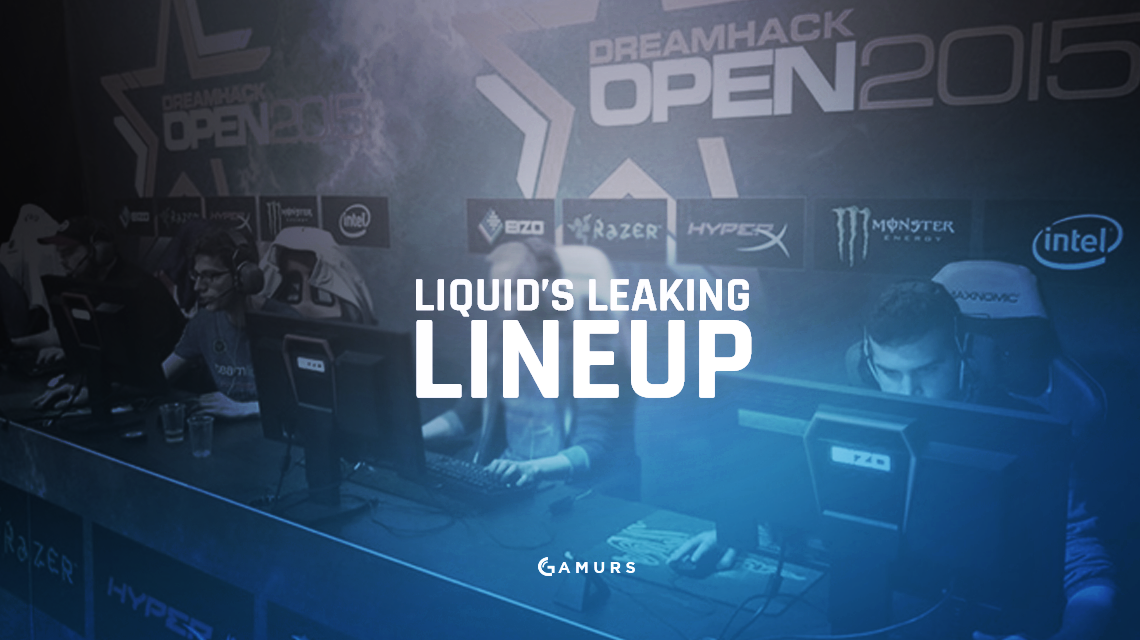
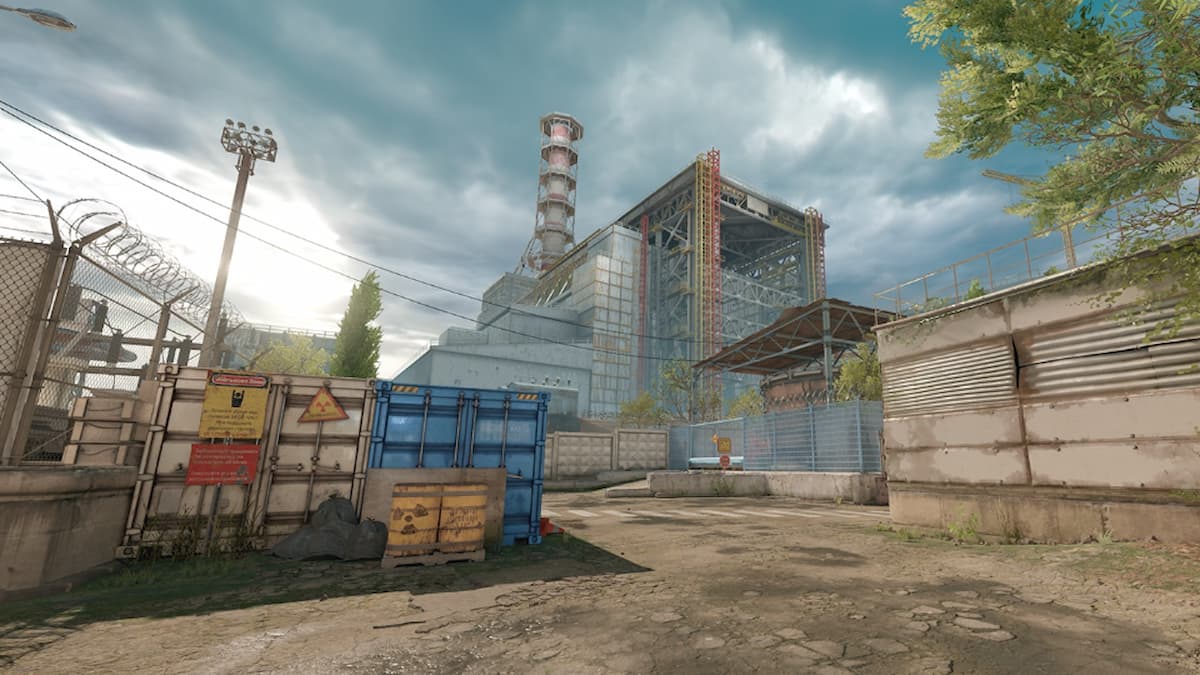
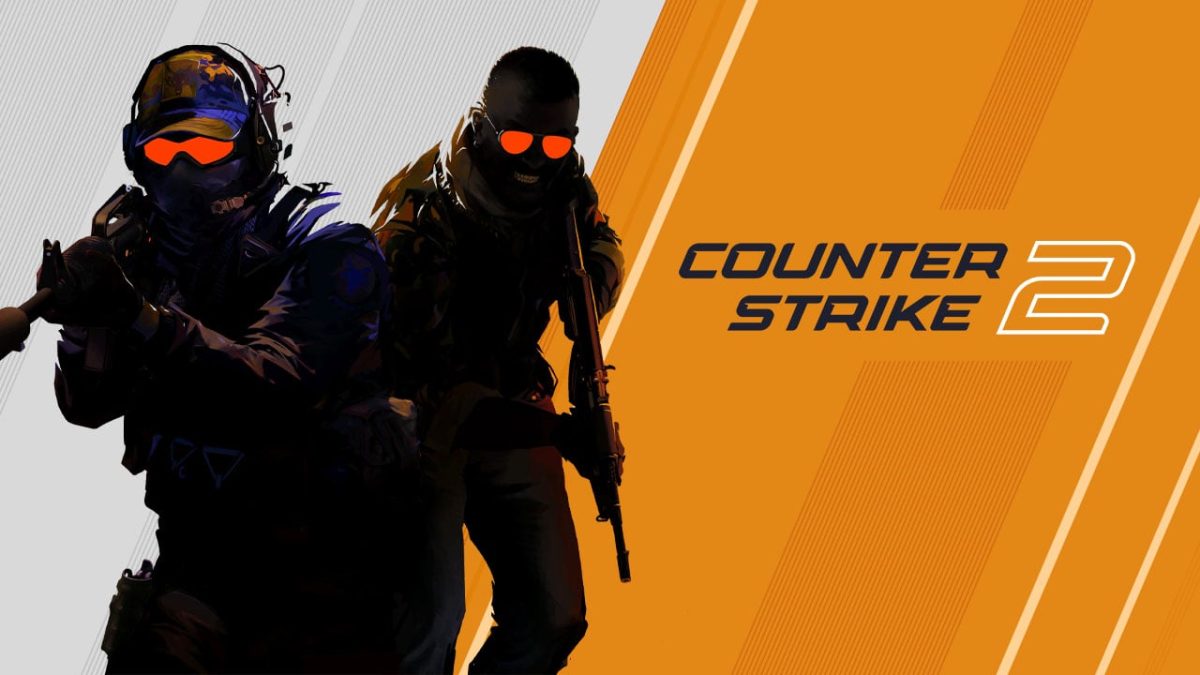
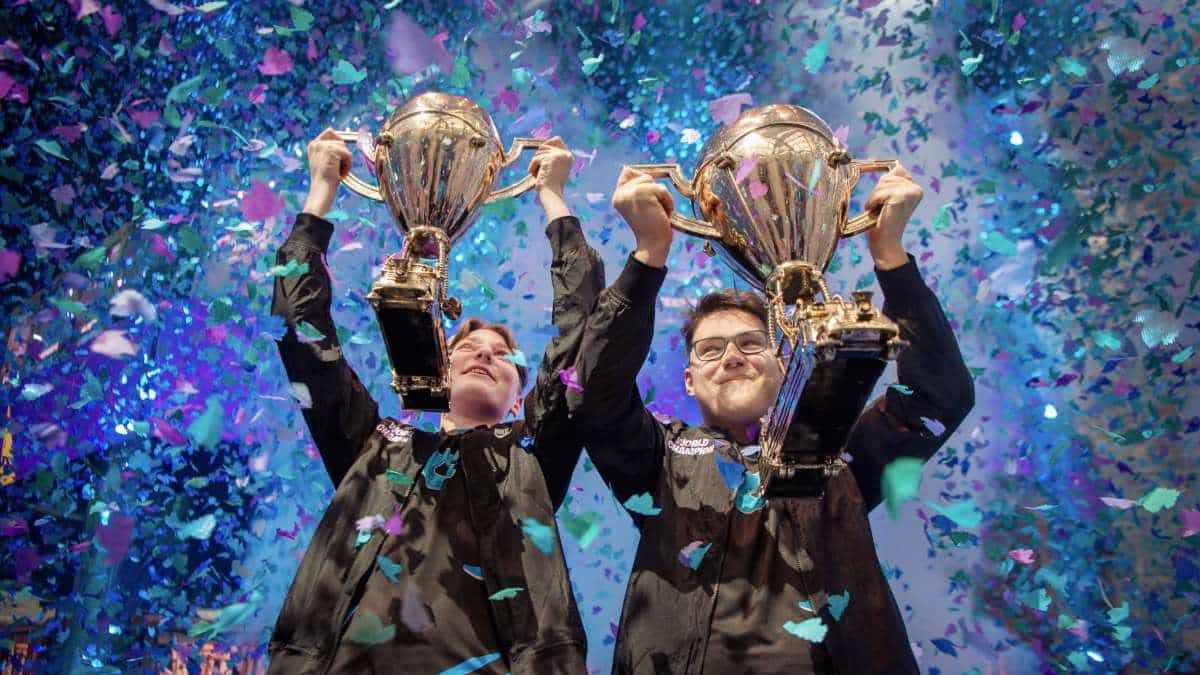

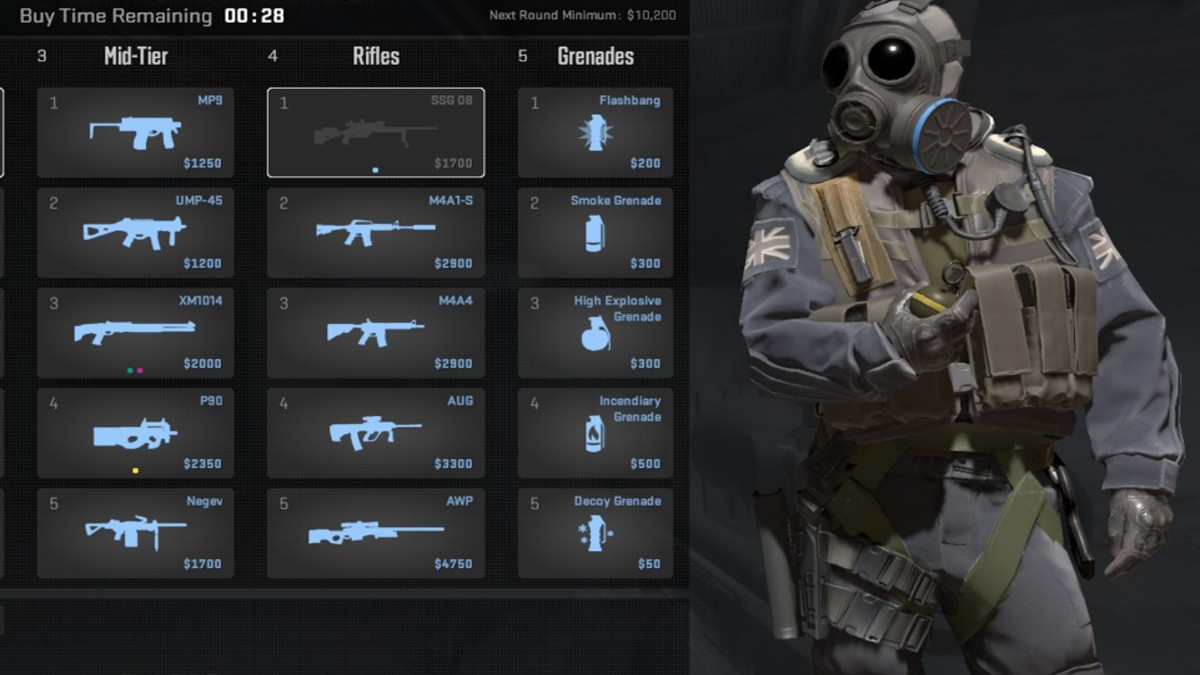
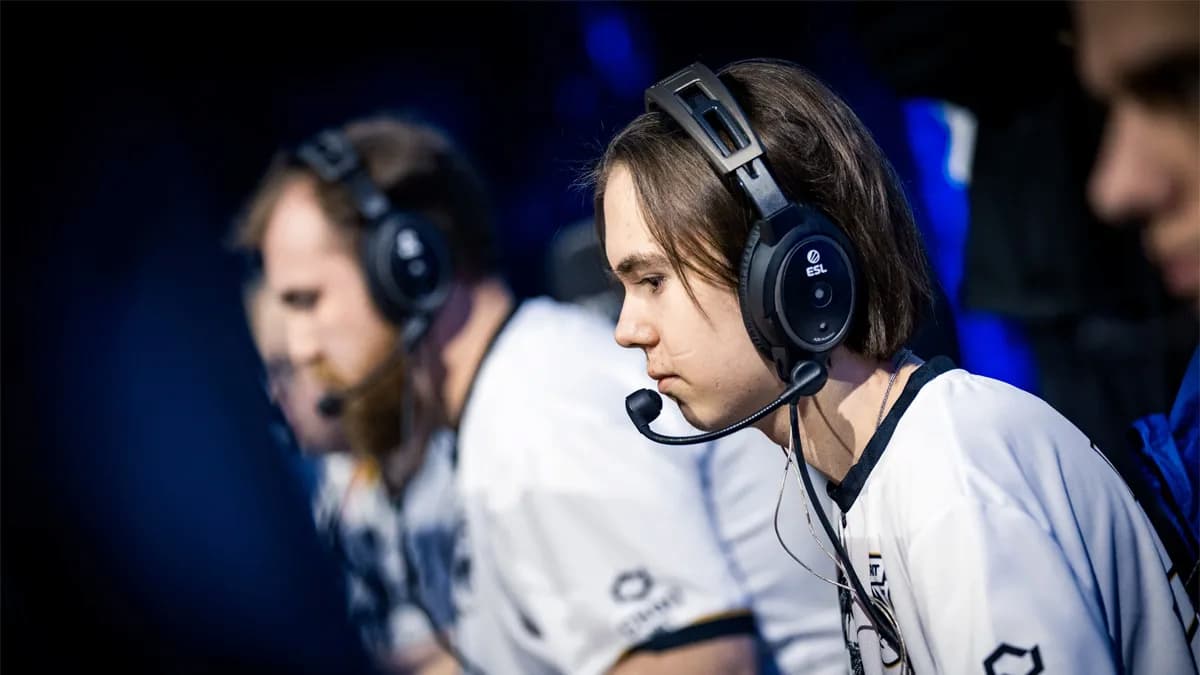
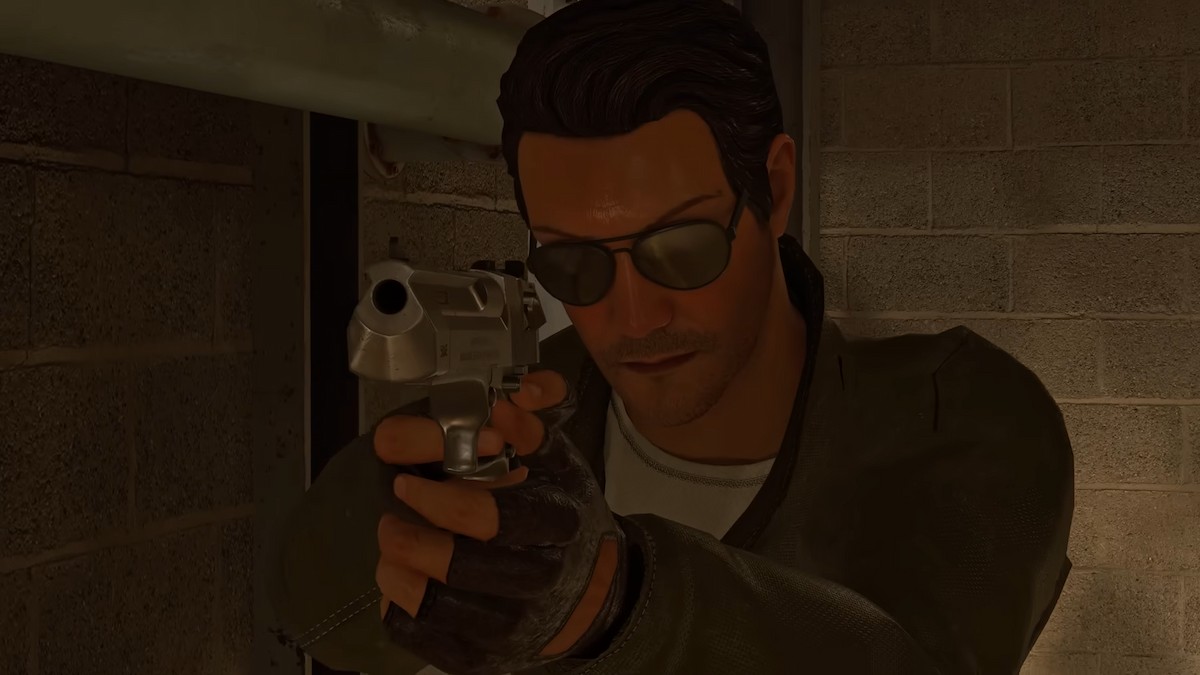
Published: Oct 28, 2016 12:53 pm